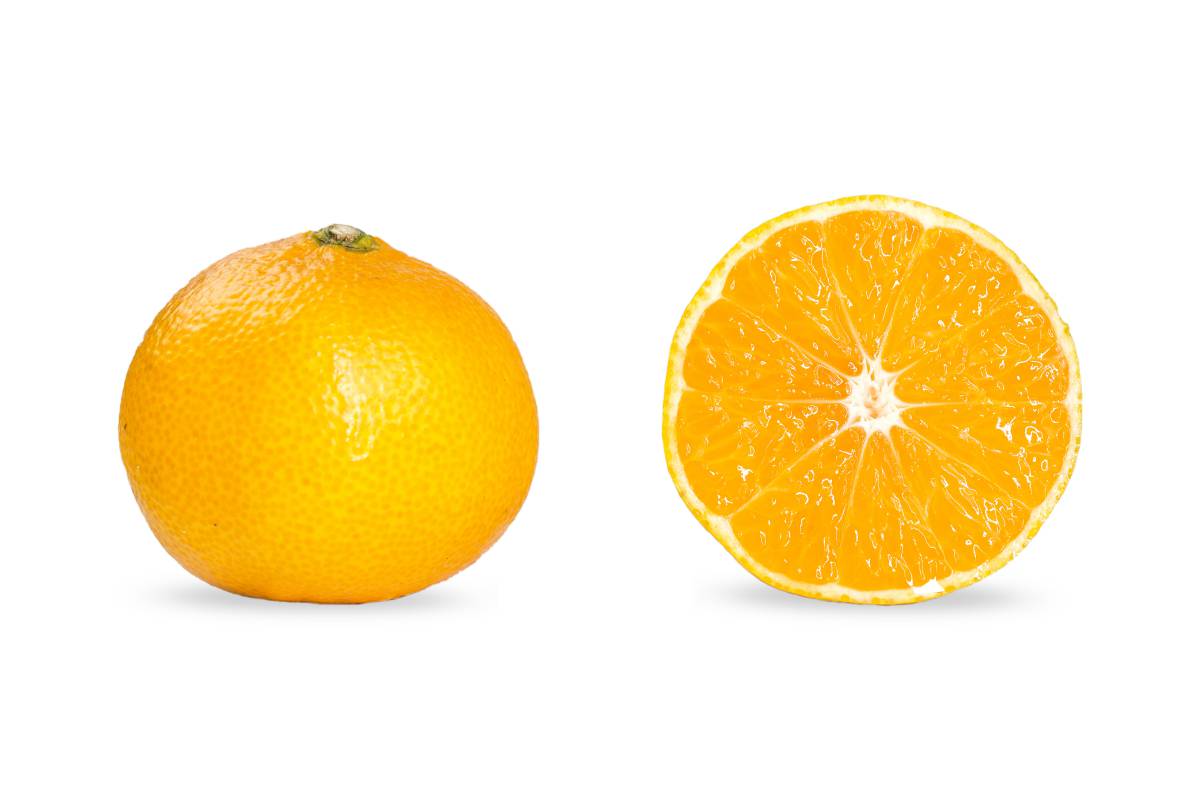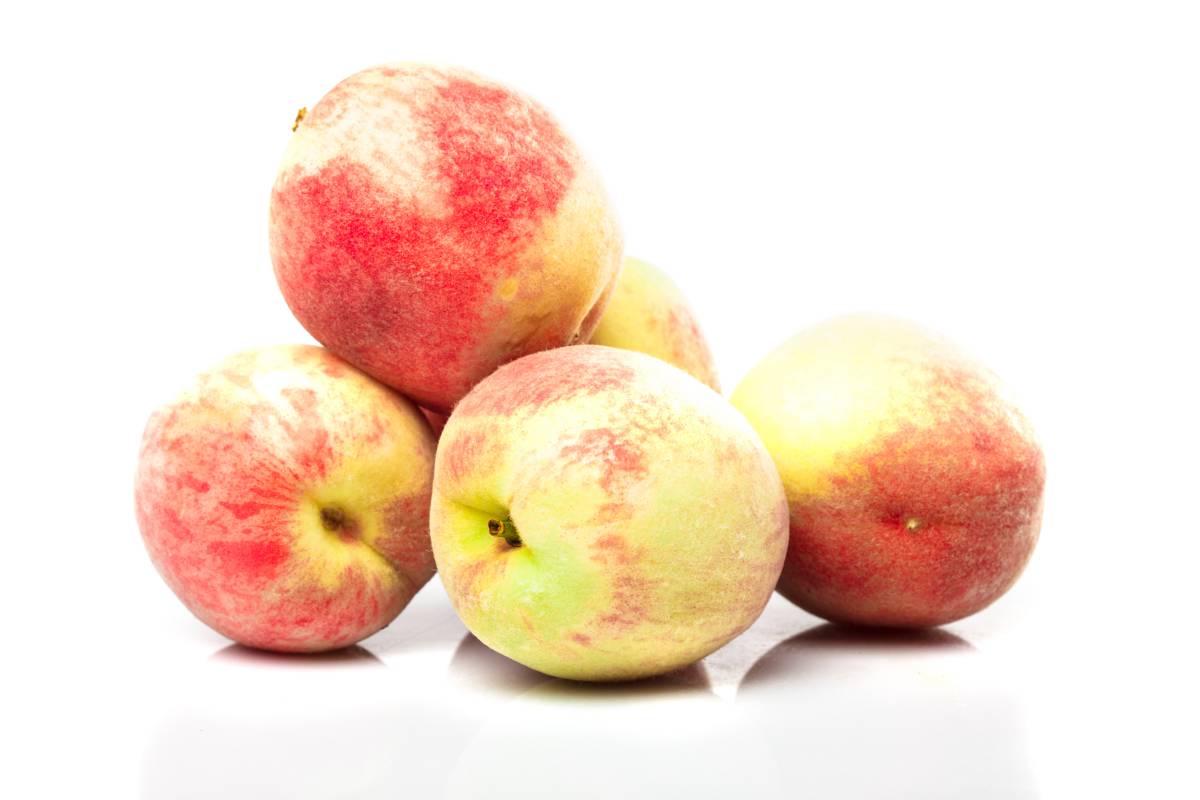Medicinal materials can be divided into north and south.
Wushu is known as "southern boxing and northern leg", which is talked about by everyone.
The characters in the martial arts novels are "Beggars in the South and Beggars in the North", and everyone is familiar with them.
There are "Southern Tunes and Northern Tunes" in traditional Chinese operas, each with its own strong points and deep mass base.
The classical story "orange in the south and bitter orange in the north" tells the implication that the same species has mutated due to different environmental conditions.

Idioms include travelling from the south to the north, fighting in the north, and opposing each other …
China has a vast territory, the climate difference between north and south is remarkable, and the species are very different. In the eyes of doctors, the use of drugs in the north and the south is different, so there are many names in the world of herbs to show the difference. For example:
1. Schisandra chinensis and Schisandra chinensis
2. Radix Glehniae and Radix Glehniae
3. South Lepidium, North Lepidium
4. Radix Astragali and Radix Astragali
It is worth noting that although there is a word difference between the North and the South, there are many differences in source and efficacy, which need to be specifically analyzed to ensure the correct use of drugs in clinic and the safety of patients.
As we all know, Astragalus membranaceus is a kind of traditional Chinese medicine commonly used in clinic, which has the functions of invigorating qi and rising yang, consolidating exterior and stopping sweating, inducing diuresis and reducing swelling, and is known as the "holy medicine for invigorating qi". In Compendium of Materia Medica, Li Shizhen called it "the strength of tonic medicine".
Astragalus membranaceus is listed in the list of homologous substances of medicine and food, and it is one of the representatives of "dual use of medicine and food".
Traditional Chinese medicine believes that Astragalus has the function of "consolidating exterior". Generally speaking, it can increase the body’s protective function and reduce the chance of getting sick. Astragalus tea (30g of Astragalus, brewed with boiling water instead of tea) has become the standard of health care for office workers. Drinking this tea often can improve immunity, and soaking Astragalus and Lycium barbarum in a thermos cup can be described as a health care fashion. Astragalus medicinal diet soup (Astragalus carp soup, Astragalus chicken soup, Astragalus jujube ribs soup, etc.) has been shining on the table of ordinary people, delicious and healthy.

"Southern Astragalus" is not Astragalus.
Some friends think that Astragalus membranaceus is different from Astragalus membranaceus, which is really a misunderstanding. Astragalus membranaceus is the dried root of Leguminosae Astragalus mongolicus or Astragalus membranaceus, which is also called Beiqi because it is abundant in northern China.
The herb known as "Southern Astragalus" is not Astragalus, so where did it come from?
In fact, Nanqi refers to the five-fingered peach commonly used by Lingnan people. Because it has similar qi-invigorating function to Astragalus membranaceus, it is widely used in Lingnan, so it is known as "Southern Astragalus membranaceus".
Five-finger peach "as its name suggests"
The five-fingered peach tree is about one meter to two meters high. The whole plant has short yellow-brown hair and milk. Its leaves usually have five lobes, like a palm with five fingers open; Its fruit is oval and hairy, which is quite similar to peach. The leaves are like five fingers, and the fruit is like a peach. The name of the five-finger peach is vivid and unforgettable. It can be described as "just like its name"!
Edible method
1. Chicken soup with five fingers and peaches
Finger-fingered peach root is often used to cook chicken soup, which is a Hakka medicinal soup and a famous Guangdong soup with good color and flavor. In the hot summer, the temperature and humidity in Lingnan area are always high, which makes people tired and lose appetite. Folk commonly use five-finger peach soup. This soup has a unique aromatic smell, which helps people to strengthen the spleen and replenish qi, eliminate dampness and promote qi circulation. Regular consumption of this medicated diet soup can enhance human immune function.
Every summer, students tend to think too much when preparing for the senior high school entrance examination and college entrance examination. Chinese medicine believes that "thinking hurts the spleen", people’s emotions will affect the five internal organs, and thinking will affect the spleen and stomach. In addition, the spleen is trapped by summer heat, and internal and external factors are intertwined, which makes people’s appetite worse. Careful parents will boil Wuzhi Maotao soup to strengthen the spleen and eliminate dampness for children, which will help the exam.
2. Pork feet with five fingers and peaches
Wash the five-finger peaches with clear water and soak them for a while; Chop the pig’s feet into pieces, put them into a clay pot, add about 8 bowls of water, and cook them with slow fire for about 1 hour after boiling with strong fire, and add appropriate seasoning to serve. This soup has the function of promoting lactation after delivery.
3. Five Finger Peach Chicken
Five-finger peaches are used as spices, and appropriate amount is added when making salted chicken, or five-finger peaches are stuffed into chicken belly, so that the baked chicken has the fragrance of five-finger peaches, which is delicious and healthy. Also popular with diners are five-fingered peach chicken feet. With the accelerated pace of life, young people have rarely made five-fingered peaches and chicken feet at home.
In the streets and alleys of Meizhou, Heyuan and other Hakka areas, there are many food stores with salted chicken and braised chicken feet. People buy bulk five-fingered peach chicken and chicken feet in the stores to eat at home, or let the stores vacuum package them as special products to give to friends.
Knowledge of five-finger peach medicinal materials
Peach with five fingers is the dry root of Ficus crassifolia, a Moraceae plant, and it is a commonly used medicinal material in Lingnan, and there are many records in materia medica. It was first recorded in the Qing Dynasty’s "Preparation of Raw Herbs", and it was named Wuzhaolong. The book "Lingnan Herb Collection Record" written in the Republic of China records: five-claw dragon, alias five-dragon root, dragon leaf. Other aliases are Nanqi, Tuhuangqi (Guangzhou Handbook of Common Chinese Herbal Medicine) and Tuwujia (Guangxi Chinese Herbal Medicine).
chemical composition
In order to find out what chemical components are contained in the five-finger peach, phytochemical researchers pulverized it in the laboratory, extracted it with water and alcohol, separated and purified it, and analyzed it with modern scientific instruments, and found that the five-finger peach contains flavonoids (quercetin, naringin, luteolin, apigenin, etc.), sugars, amino acids and other components.
Modern pharmacological research
1. Enhance immunity.
Modern pharmacological experiments show that Ficus hirsuta can improve the immunity of experimental mice by participating in the immune regulation of cells.
2. Cough relieving effect
The ethanol extract and water extract of Syzygium pentaphyllum were given to mice by gavage, which had antitussive effect on cough.
3. Bacteriostasis
Adding the components of Ficus hirta to the bacteria such as Staphylococcus aureus cultured in the laboratory has a good antibacterial effect.
4. Liver protection
Five-finger peach has protective effect on stress liver injury. It has a certain protective effect to give the extract of Ficus hirta to mice with alcoholic liver injury by gavage.
Quality control and related preparations
In order to standardize the quality of medicinal materials, Guangdong and Guangxi have formulated the medicinal standards of five-fingered peaches, which are recorded in the Standards of Chinese Medicinal Materials in Guangdong Province and the Quality Standards of Zhuang Medicine in Guangxi respectively.
In addition to being directly taken into decoction, Wuzhimao is also used to produce a variety of compound Chinese patent medicines, such as Compound Chuanbei Zhike Syrup, Weiyangning Pill, Sanwei Zhike Tablet, Gongyanping Tablet/Capsule/Dropping Pill, Fuyanjing Capsule, etc. In the pharmaceutical factory, before being put into production as raw material medicine, Ficus hirta must be inspected and meet the quality standards before it can be put into production.
Drug application
1. Treat postpartum agalactia
Stewed pork feet with five fingers and peach can treat postpartum agalactia. (Guangxi Chinese Herbal Medicine)
2. Warming the heart and spleen
Professor Deng Tietao, a master of traditional Chinese medicine, likes to use five-fingered peaches, and the dosage is large. Warm and tonify the yang of the heart and spleen, like to use sweet and warm five-fingered peaches and astragalus, and the amount of qi deficiency is more than 45 g. (Deng Tietao’s Experience in Treating Dilated Cardiomyopathy with Heart Failure by Regulating Spleen and Protecting Heart)
3. Treat liver cirrhosis after hepatitis B.
Jiawei Wuzhimaotao Decoction consists of Wuzhimaotao, Herba Abnormalis, Herba Rabdosiae Cirrhosae, Radix Dioscoreae Septemlobae, Herba Ardisiae Japonicae, Poria, Alismatis Rhizoma, Folium Rosae Rugosae, Jasminum Jasminum Thunb, and Radix Glycyrrhizae Preparata, and can be used for treating liver cirrhosis after hepatitis B.. (Modified Wuzhimaotao Decoction for Treating 40 Cases of Liver Cirrhosis after Hepatitis B)
Tips
Through Baidu, it is not difficult to find that poisoning incidents related to five-finger peaches have occurred from time to time in recent years, which needs to be paid attention to.
Mixed growth of Herba Clerodendranthi and Prunus mume may spread the virus. Many years ago, after the villagers in Wuhua County were poisoned by drinking Wuzhimaotao soup, the relevant departments tested the Wuzhimao soup and found that the roots of these Wuzhimao peaches actually contained enterotoxin. The analysis shows that Syzygium pentaphyllum grows in the mountains, and may be mixed with Herba Lysimachiae. Over time, the toxin of Herba Lysimachiae will naturally seep into the roots of Syzygium pentaphyllum. If you only eat a small amount, you will not be poisoned. If the dose is too large, you may be poisoned.
The appearance of the roots of Herba Clerodendranthi is similar to that of the five-finger peach roots, and the flowers of Herba Clerodendranthi are also similar to honeysuckle. Don’t dig blindly. It is recommended to buy medicinal materials in regular pharmacies.
This article is from China Traditional Chinese Medicine.
关于作者